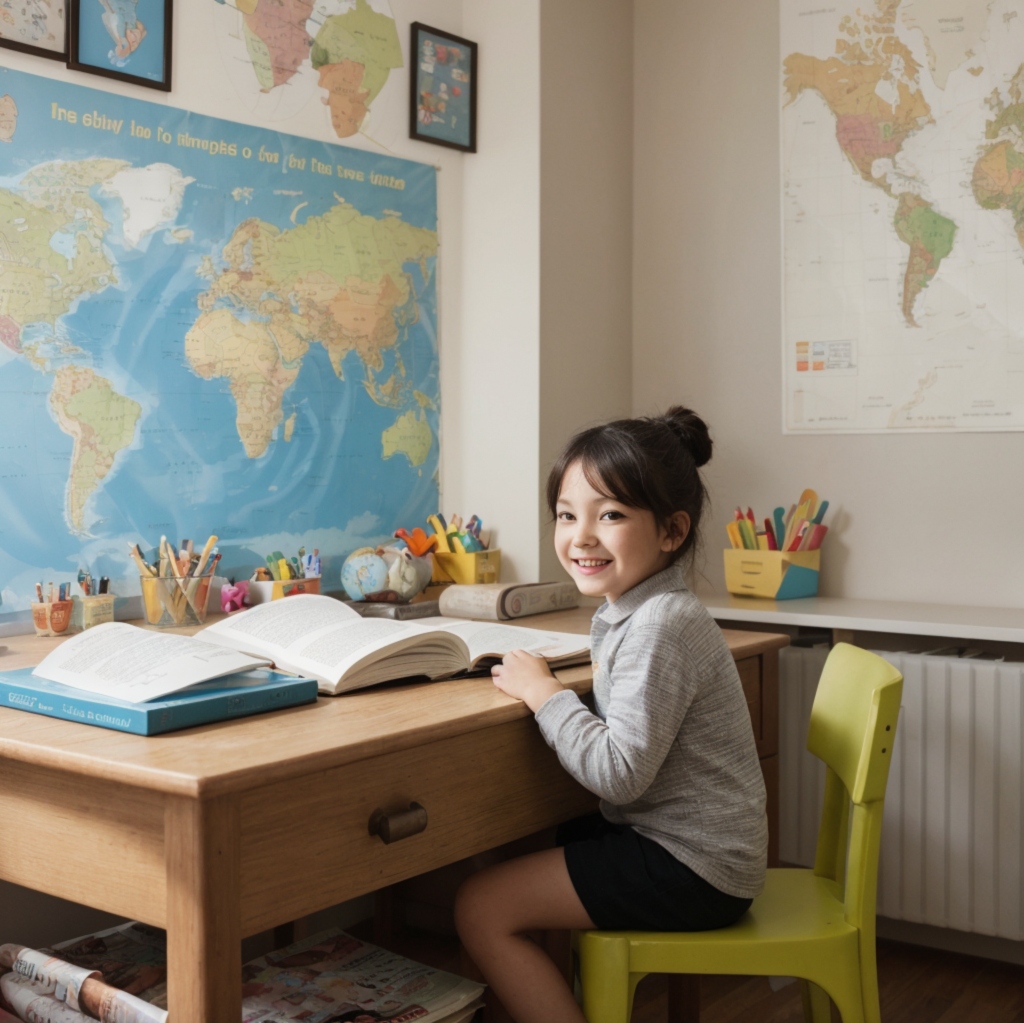Table of Contents
Understanding the Power of Bedtime Stories
Bedtime stories are more than just a nightly ritual to help children wind down; they are a gateway to developing language, emotions, and critical thinking. The rhythmic lull of a parent’s voice weaving through tales of adventure and wonder creates a sense of security and affection. Research consistently shows that children who benefit from bedtime stories frequently exhibit a higher aptitude for learning, greater empathy, and a more robust vocabulary.
Why Bedtime Stories Matter
It’s about more than just the stories; it’s about the moments shared. These precious times are opportunities for children to communicate their thoughts and feelings, hear new words, and see the world from different perspectives. This nightly tradition builds stronger relationships and fosters mental and emotional development.

Learning at home helps to develop a thirst for knowledge. Provide your child with an environment for that thirst to be quenched. You can read more here!
Crafting the Perfect Bedtime Story Experience
The art of telling a bedtime story is as much about how you read as it is about what you read. The soft, undulating tone of a parent’s voice can calm nervous minds and help busy bodies relax. Here’s how to create a captivating storytelling environment:
Setting the Scene
Create a comfortable, quiet space free from the hustle and bustle of the house. Dim lights or a soft lamp can signal that it’s time to slow down, and consistent use of a specific ‘reading spot’ can help children transition from playtime to quiet time more smoothly.

Choosing the Right Book
Not every book is bedtime material. Stories that end on a calm note, with soothing narratives and themes of friendship, adventure, and love, are ideal. Keep a variety of books on hand, but let your child’s interests guide your choices. As they grow, introduce new books that challenge their understanding and keep them engaged.
The Benefits of a Bedtime Story
When parents open a book at bedtime, they’re doing more than just reading—they’re teaching, comforting, and amusing their children. But the benefits are even more profound.
Language Development and Literacy
Bedtime stories expose children to language in new and complex ways. Unlike everyday conversation, the language in books is often descriptive and structured, introducing children to new vocabulary and sentence structures.
Emotional and Social Intelligence
Stories are a safe way to explore emotions and situations. They allow children to see how characters navigate challenges, learn from mistakes, and build relationships. This can teach empathy and problem-solving skills.
Sparking Imagination and Creativity
The scenarios and characters in bedtime stories ignite children’s imaginations, encouraging them to dream up their own worlds. This not only entertains them but also enhances their creative thinking skills.
Techniques for Engaging Bedtime Stories
Voices and Sounds
Don’t be afraid to be theatrical. Changing your voice for different characters and incorporating sounds can draw your child into the story, making it more lively and engaging.
Pause for Interaction
Ask questions, predict what might happen next, and encourage your child to describe pictures or certain parts of the story. This interaction deepens their comprehension and makes the reading session more interactive.
Incorporating Bedtime Stories into Your Nightly Routine
Making storytelling a nightly ritual can be as beneficial for parents as it is for children. It’s a time to disconnect from the world and connect with each other. Here are a few tips to incorporate reading into your evening routine effectively:
- Be Consistent: Try to keep bedtime at the same time every night, including storytime.
- Limit Choices: Give your child the autonomy to choose the book, but from a pre-selected stack that you know is appropriate for the time of day.
- Keep It Relaxed: This is not the time for lessons or lectures, just gentle guidance through the world of the story.
Utilizing Media: Keep it Simple
How did you learn your native language? Probably the same way I did. By listening and watching. We heard the words and we saw the activities related to the words. From these two senses, hearing and seeing, we learned our language.
There is no reason to avoid media. It can save you time in many ways and also deliver excellent learning potential for your children. But if your intention is for the learning, rather than just entertaining, then the best results are directly tied to “keeping it simple.” Animations and dynamic visuals may distract from the listening and install imaginative meanderings of the mind. On other words; not paying attention.
Try our FREE YOUTUBE CHILDREN’S CHANNEL . We are putting new original stories up weekly for your children’s English learning support. Our stories are also designed to deliver good moral values for the children to grow with.
Conclusion: Embracing the Tradition of Bedtime Stories
As we close the book on our comprehensive guide, remember that the stories you share today become the memories your child treasures tomorrow. Bedtime stories are not just a tool for sleep but a foundation for a lifelong love of reading and a wellspring of personal connection. Whether you’re revisiting a classic tale or discovering a new adventure together, these are the moments that weave the tapestry of childhood.


